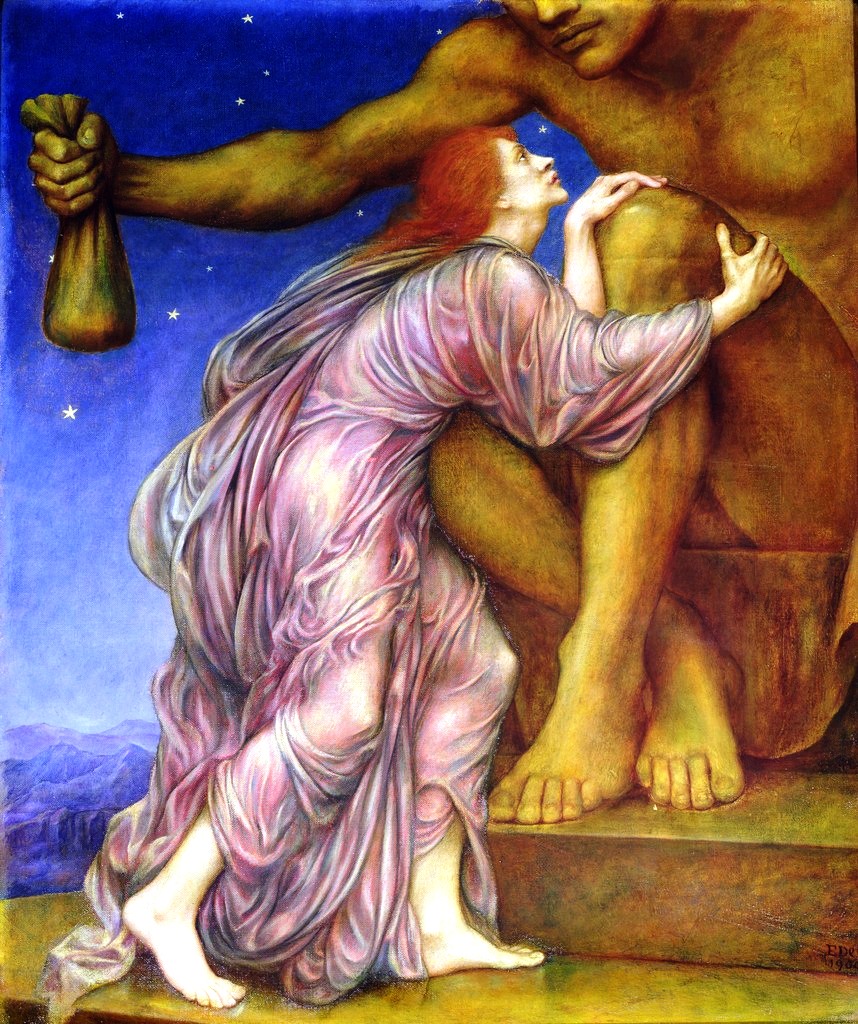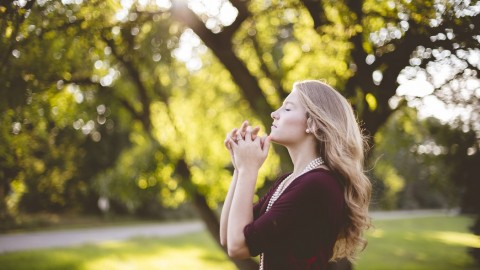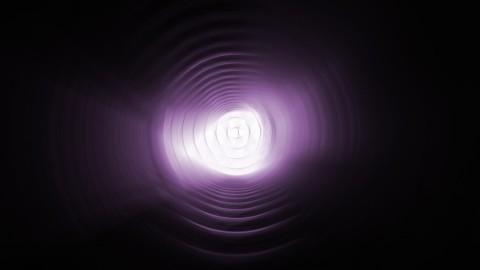Types and Usage
Soil is the “unconsolidated mineral or organic material on the immediate surface of the Earth that serves as a natural medium for the growth of land plants,” according to the Soil Science Society of America. Soil is categorized based on a number of factors, including its color, moisture level, structure, texture and pH. There are four primary categories of soil.
1. Sandy Soil: Sandy soil is light and airy, which allows plenty of oxygen to move through it, but it lacks in nutrients, making it less than ideal for growing.
2. Clay Soil: Clay soil is a dense, extremely compacted type of soil; the soil’s density makes it difficult for oxygen to pass through.
3. Silt Soil: Silt soil is in between sand and clay soil in consistency. It is heavier than sand, but lighter than clay.
4. Loam Soils: Loam soils are the best type of soil for gardening and general plant growth. Loam soil is generally composed of from 25 to 50 percent sand, 30 to 50 percent silt and 10 to 30 percent clay, depending on the surrounding soil types.
There are 5 different soil types that gardeners and growers usually work with. All five is a combination of just three types of weathered rock particles that make up the soil: sand, silt, and clay.
1. Sandy: Sandy soil has the largest particles among the different soil types. It’s dry and gritty to the touch, and because the particles have huge spaces between them, it can’t hold on to water.
2. Silty: Silty soil has much smaller particles than sandy soil so it’s smooth to the touch. When moistened, it’s soapy slick. When you roll it between your fingers, dirt is left on your skin.
3. Clay: Clay soil has the smallest particles among the three so it has good water storage qualities. It’s sticky to the touch when wet, but smooth when dry.
4. Peaty: Peaty soil is dark brown or black in color, soft, easily compressed due to its high water content, and rich in organic matter.
5. Saline Soil: The soil in extremely dry regions is usually brackish because of its high salt content. Known as saline soil, it can cause damage to and stall plant growth, impede germination, and cause difficulties in irrigation.
If you really want to know what soil type you’re working with but don’t want to get dirty, fill a smallish jar with soil sampling from your garden. Shake vigorously and let the soil settle overnight. Next day, you’ll see distinct soil layers. Sand stays at the bottom, clay at the top and silt in between. Their percentages will be your clue on your soil type.











